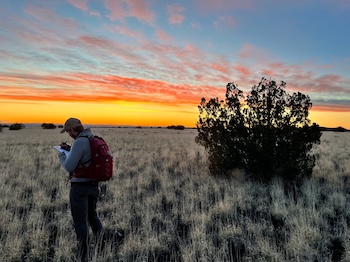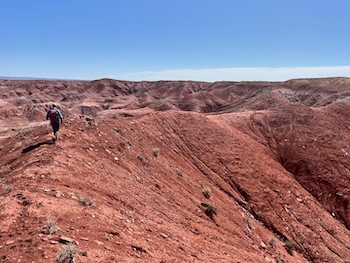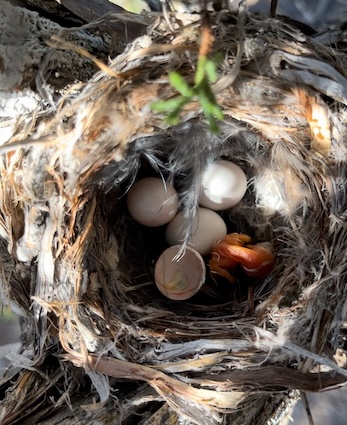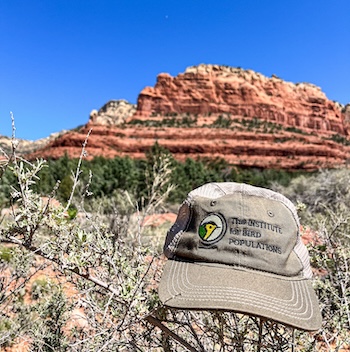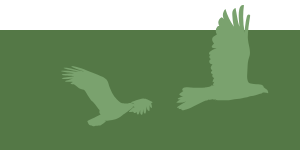
SOUTHWEST SCIENCE AND CONSERVATION PROGRAM
.jpg)
Bird populations in the American Southwest face substantial ecological challenges stemming from environmental change and other threats. Harsh weather and rugged landscapes present major challenge to studying birds in large portions of the region. With our partners, IBP is meeting these challenges with thoughtful planning and the incorporation of emerging technologies.
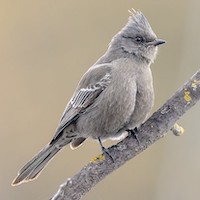
Mojave Desert Bird Studies
Cottonwood Creek and the Surprise Canyon Wild and Scenic Rivers are gems of biological diversity in the harsh Mojave Desert environment of southeast California, where perennial streams and riparian vegetation provide wildlife with valuable resources and offer visitors a unique recreational opportunity. IBP is conducting bird surveys for the Bureau of Land Management to map the area’s diversity of species and provide information for incorporating bird habitat needs into land management. We are combining point count surveys with Autonomous Recording Units (ARUs), which may prove an effective survey method in these remote and rugged areas.
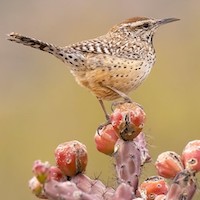
Avian Population Monitoring in Southwest National Parks
IBP is working with the National Park Service to monitor bird populations in Grand Canyon National Park and other parks of the Southern Colorado Plateau Inventory and Monitoring Network. This long-term effort will yield important findings about habitat needs of Southwest birds, the status of declining populations, and the effects of environmental change.
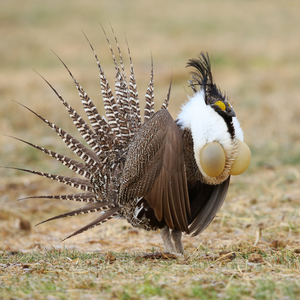
Gunnison Sage-Grouse Lek Monitoring
In partnership with BLM, IBP is using ARUs to monitor Gunnison Sage-Grouse leks in southwestern Colorado. In the early spring, male sage-grouse display at leks–traditional areas where males and females congregate, to attract mates. Leks are also the best place for biologists to count grouse to estimate their populations. Unfortunately, Gunnison Sage-Grouse are declining and, as populations get smaller, lek use becomes erratic and it gets harder to assess populations. Our ARUs can detect grouse over the entirety of the breeding season to help the BLM understand which leks are being used and when, and help ensure that human observers are in the right place at the right time to get the most accurate grouse counts.
For more information about IBP’s work in the American Southwest, please contact Steven Albert.
Left panel from top to bottom: Gary Nored, Becky Matsubara, Mick Thompson, Bob Gress. Top right panel: Wendy Miller.
SELECTED PUBLICATIONS
Peer-reviewed Publications
Jones, H.H., C. Ray, M. Johnson, and R. Siegel. 2024. Breeding birds of high-elevation mixed-conifer forests have declined in national parks of the southwestern U.S. while lower-elevation species have increased, with responses to drought varying by habitat. Ornithological Applications 126:duae007. PDF
Saracco, J.F., S.M. Fettig, G.L. San Miguel, D.W. Mehlman, B.E. Thompson, and S.K. Albert. 2018. Avian demographic responses to drought and fire: a community-level perspective. Ecological Applications 28:1773-81. For a copy of this publication, please contact Jim Saracco.
Keller, D.C., P.R. Fresquez, L.A. Hansen, and D.R. Kaschube. 2015. Avian community composition in response to high explosive testing operations at Los Alamos National Laboratory in northern New Mexico. The Journal of Environmental Protection 6:1442-1453. PDF
Chambers, M., G. David, C. Ray, B. Leitner, and P. Pyle. 2011. Habitats and conservation of molt migrant birds in southeastern Arizona. The Southwestern Naturalist 56:204-211. PDF
Howell, S.N.G., and P. Pyle. 1993. New and noteworthy bird records from Baja California, Mexico, October 1991. Western Birds 24:57-62. PDF
Pyle, P., and S.N.G. Howell. 1993. An Arctic Warbler in Baja California, Mexico. Western Birds 24:53-56. PDF


